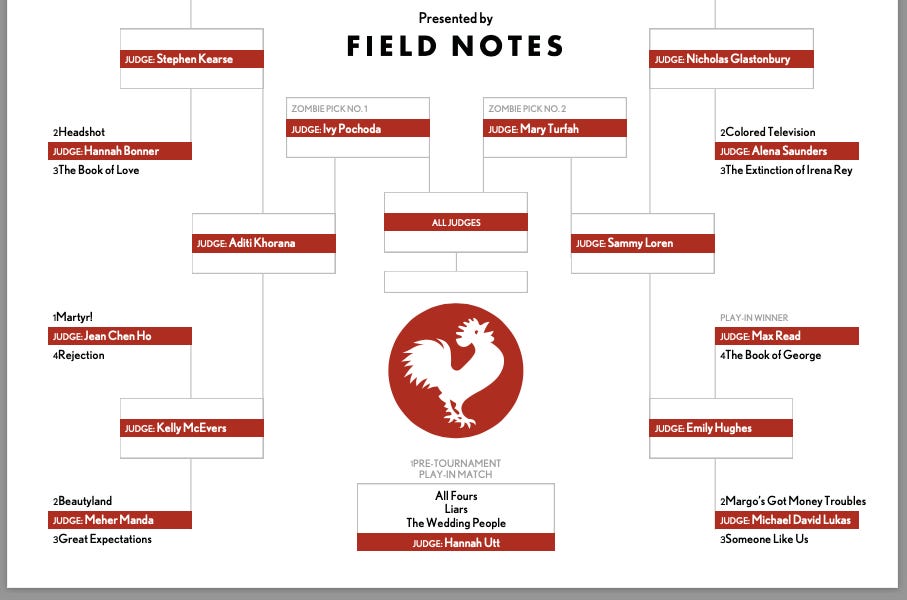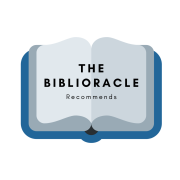What Makes an Ideal Book Review?
I really enjoyed this peek behind the curtain of The Tournament of Books from one of its participants, John Warner. In his newsletter, Biblioracle, he gave a brief background of ToB (which I mentioned recently when I highlighted their shortlist and bracket for this year’s tournament) and his own participation in it as a “color commentator” who comes in “after the judge has rendered their verdict to offer additional thoughts and insights into that day’s competition.”

He also told how the entire newsletter, which includes a fun bit where he allows readers to send him an email with their five most-recent books they’ve read and he responds with a recommendation. Such a cool hook, and I could only wish I were well read enough to offer such a service. Anyhoo, that grew out of a stray comment he made while commenting on the ToB one year.
Even cooler was this passage:
Not long after that last live session Kevin pitched me as a columnist for a new books section for the Chicago Tribune (Printers Row), and I’ve been writing weekly for the paper ever since, continuing even as Printers Row ceased to exist.
This is one of the stories I tell when young people come to me and ask about how to make a career as a writer, though even I don’t know what conclusions to draw from it other than have friends, try stuff, see what other people respond to, rinse and repeat ad infinitum.
Those were just some of the cool things I took from this post. But it’s really about what makes for an ideal book review. I really liked his “formula,” if you will.
He pulled not from his own pile of criticism, but from one of the head-to-head competitions from the 2020 ToB, where The New Yorker’s Helen Rosner judged the face-off between Sally Rooney’s Normal People and Taffy Brodesser-Akner’s Fleishman is in Trouble.
I especially liked his first step: Positioning.
Essentially, positioning answers an unstated, but important audience question: Where are you coming from on this particular deal? The context is useful because we’re heading towards a judgement, a determination, and this kind of background may be relevant to how the audience ultimately takes in the writer’s communication.
Sometimes in working with students I’ll substitute “baggage” for positioning, but same thing. What is it that you, specifically, bring to this experience that may be relevant to the judgement we’re about to read?
Additionally, we see the judge’s internal process at work. Positioning makes the internal thought process both transparent to the audience and visible to the writer themselves. This is very important and useful stuff.
I know some schools of thought abhor the introduction of the critic’s life or subjective existence to bleed onto the page let alone get prime placement. But I have always found that the more honest form of criticism: If you want to know how I experienced a piece of art, surely you don’t expect me to pretend that happens in a vacuum. I’m the sum of my experiences, my upbringing, the time in my life in which I encountered the work, where I was living at the time, who I was dating, and quite possibly what I’d had for lunch the day I wrote the review. It’s all relevant, and it’s my sincere belief that a skillful critic is one who can find a way to discuss those things without boring the reader or losing the thread of why it could possibly matter to the evaluation of the art.

Comments